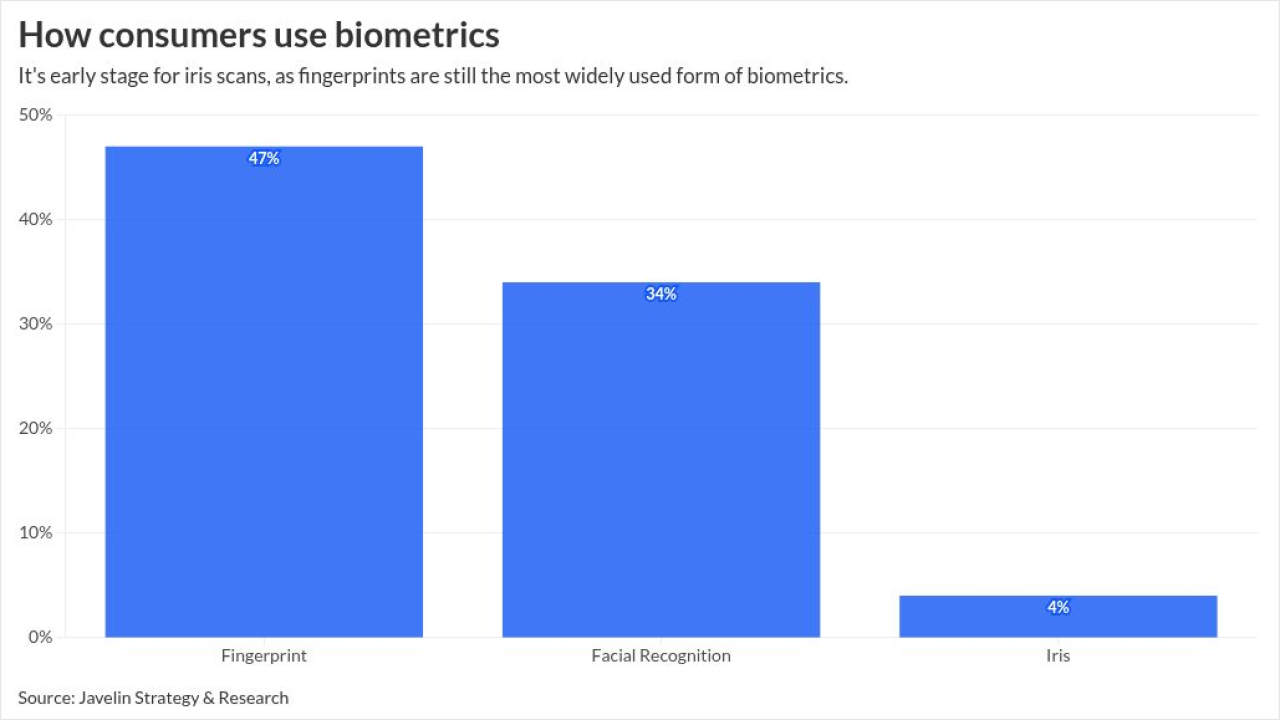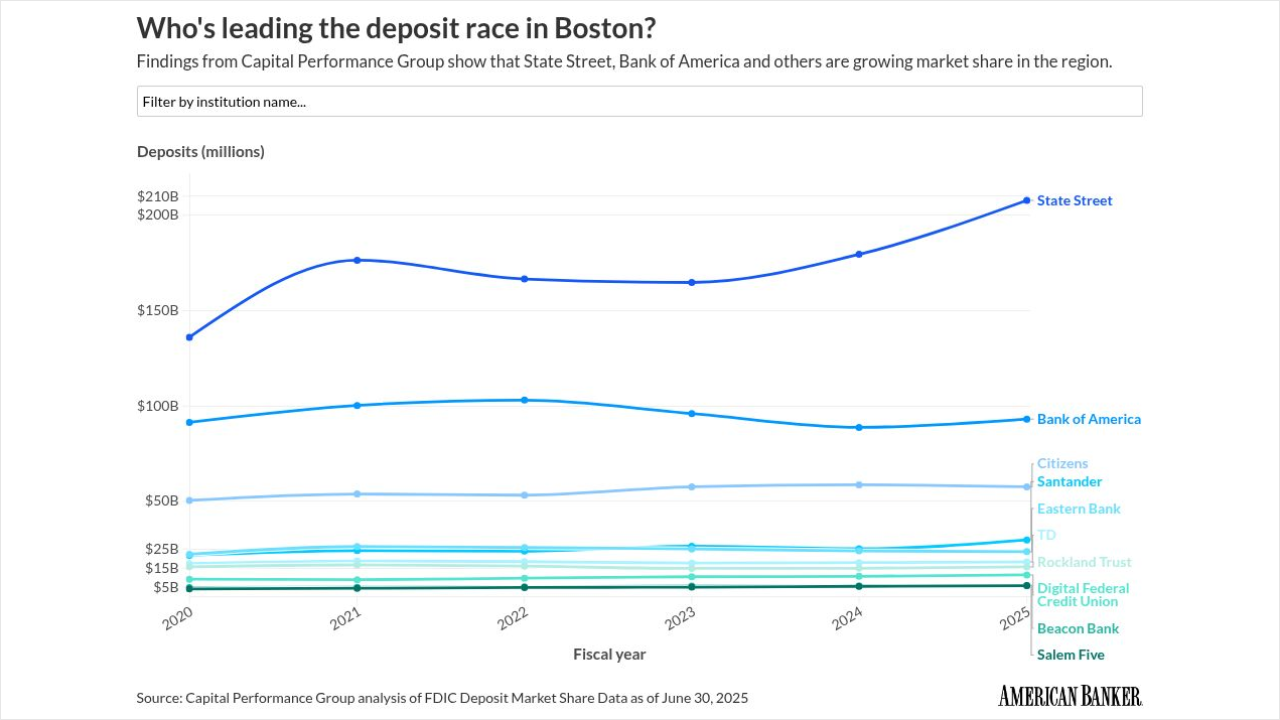Regulation O is the federal regulation that governs a number of aspects of lending to bank directors and other bank insiders.
The changes effective last Nov. regarding Regulation O may appear on the surface to be beneficial to the industry as a lightening of the regulatory burden.
However, upon examination, I believe these changes will have an adverse effect on the industry over the long haul.
Reg O, which has been with us for nearly two decades, was designed to preclude insiders from taking unfair advantage of the credit facilities of their institution, a practice observed by many institutions long before Reg O came into existence.
Unfortunately, it is a few rogue bankers who create the seeming need for many regulations, including Reg O. In fact, Reg O's impetus was several well-known examples of insider abuse. The recent changes to Reg O will permit certain preferences in loans to insiders. However, such loans must be part of a benefit or compensation program widely available on substantially the same terms to other employees of the bank who are not insiders.
I fear that this change in the law will result in a tail-wagging-the-dog situation for those looking for opportunities to circumvent Reg O. It is easy to envision an increase in the next year in the number of institutions that suddenly find it appropriate to offer preferential lending programs to noninsider employees in order to offer this benefit to insiders.
The practice of offering preferential loans to officers and employees, regardless of whether they are insiders, is questionable. Although such programs benefit the employee who is borrowing, preferential lending does nothing for savers or those employees who simply have no need to borrow.
Also, preferential employee loan programs have a number of potential problems. For example, such programs are often resented; they are generally misunderstood by the public and viewed as an abusive practice of bankers.
In litigation they can easily be the tools of skillful plaintiffs' lawyers in suits against financial institutions, especially those that involve lending practices. Juries are often all too ready to look negatively upon revelations concerning preferential loan rates for those who work at the bank.
While such programs may have merit as an incentive or to further compensate employees, they feed a perception that bankers are self-serving.
Banks that initiate preferential employee loan programs just to make such loans to insiders will likely be the same institutions most prone to abuse the practice and violate other provisions of Reg O. But for those who honestly feel a need to extend preferential loan programs to insiders as part of a universal program for bank personnel, I offer the following suggestions.
Determine that preferential terms extended to the insider are only those available to noninsiders. For example: if the preferential loan program is simply a lower rate of interest for certain types of loans to officers and employees of the bank, then the loan to the insider must still conform with other aspects of Reg O, such as proper underwriting and normal administrative procedures.
Review all insider loans annually to determine they contain no more than a normal amount of risk. Any preferential terms that are extended under a bankwide program should remain limited only to those terms. No other favoritism can be allowed to creep into the transaction.
There are five major rules in Reg O. No. 1. The one I believe is the most important prohibits any type of preferential lending-and it is the only one affected by the recent changes. The other rules-relating to prior board approval, limitation on overdrafts, lending limits, and special provisions for loans to executive officers-are not affected by these changes.
A final word of caution: Before implementing a program of preferential lending to insiders as contemplated by these recent changes, have the program reviewed by experienced bank counsel or other professionals with expertise in this area.





